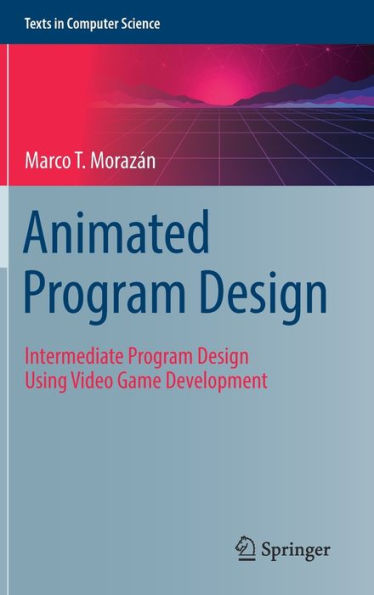The book is divided into four parts. Part I presents introductory material on basic problem solving and program design. It starts by reviewing the basic steps of a design recipe using structural recursion on a list. It then proceeds to review code refactoring–a common technique used to refine programs when a better or more elegant way is found to solve a problem–and introduces the reader to randomness. Next, Part II explores a new type of recursioncalled generative recursion. It navigates the reader through examples involving fractal image generation, efficient sorting, and efficient searching techniques such as binary, depth-first, and breadth-first search. Part III then explores a new type of recursion called accumulative (or accumulator) recursion. Examples used include finding a path in a graph, improving insertion sorting, and list-folding operations. Finally, Part IV explores mutation. To aid the reader in properly sequencing mutations it presents Hoare Logic and program correctness. In addition, it introduces vectors, vector processing, in-place operations, and circular data. Throughout the whole book complexity analysis and empirical experimentation is used to evaluate solutions.
This textbook targets undergraduates at all levels as well as graduate students wishing to learn about program design. It details advanced types of recursion, a disciplined approach to the use of mutation, and illustrates the design process by developing a video game exploiting iterative refinement.
The book is divided into four parts. Part I presents introductory material on basic problem solving and program design. It starts by reviewing the basic steps of a design recipe using structural recursion on a list. It then proceeds to review code refactoring–a common technique used to refine programs when a better or more elegant way is found to solve a problem–and introduces the reader to randomness. Next, Part II explores a new type of recursioncalled generative recursion. It navigates the reader through examples involving fractal image generation, efficient sorting, and efficient searching techniques such as binary, depth-first, and breadth-first search. Part III then explores a new type of recursion called accumulative (or accumulator) recursion. Examples used include finding a path in a graph, improving insertion sorting, and list-folding operations. Finally, Part IV explores mutation. To aid the reader in properly sequencing mutations it presents Hoare Logic and program correctness. In addition, it introduces vectors, vector processing, in-place operations, and circular data. Throughout the whole book complexity analysis and empirical experimentation is used to evaluate solutions.
This textbook targets undergraduates at all levels as well as graduate students wishing to learn about program design. It details advanced types of recursion, a disciplined approach to the use of mutation, and illustrates the design process by developing a video game exploiting iterative refinement.

Animated Program Design: Intermediate Program Design Using Video Game Development
514
Animated Program Design: Intermediate Program Design Using Video Game Development
514Hardcover(1st ed. 2022)

Product Details
| ISBN-13: | 9783031043161 |
|---|---|
| Publisher: | Springer International Publishing |
| Publication date: | 09/25/2022 |
| Series: | Texts in Computer Science |
| Edition description: | 1st ed. 2022 |
| Pages: | 514 |
| Product dimensions: | 6.10(w) x 9.25(h) x (d) |
